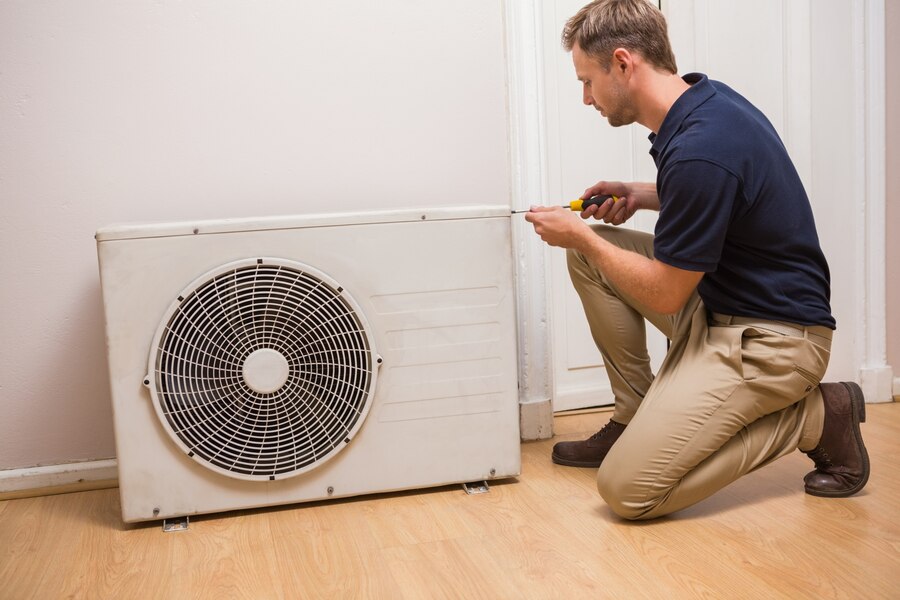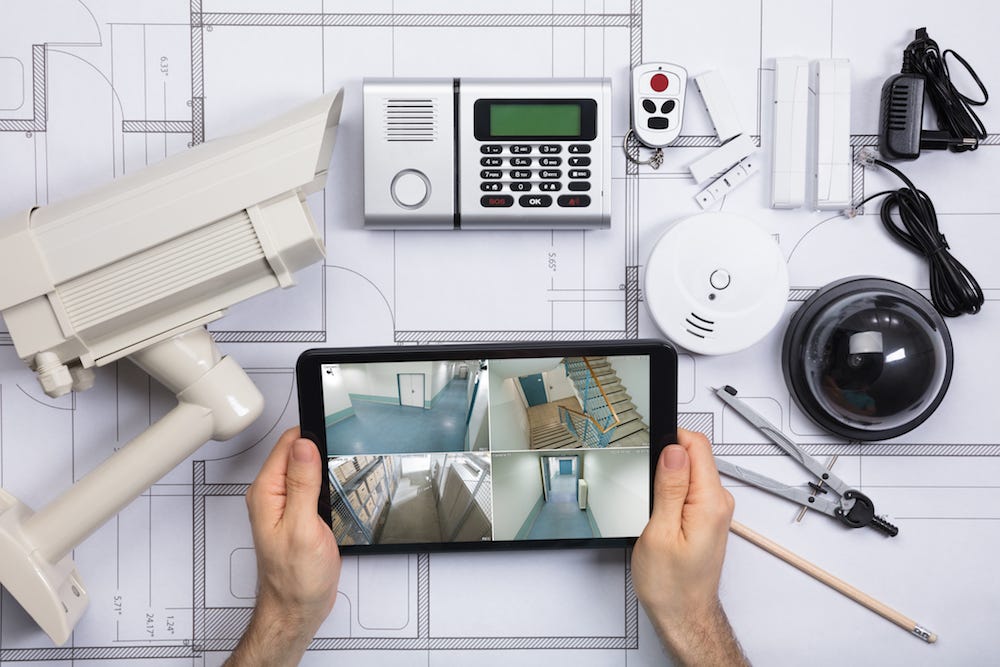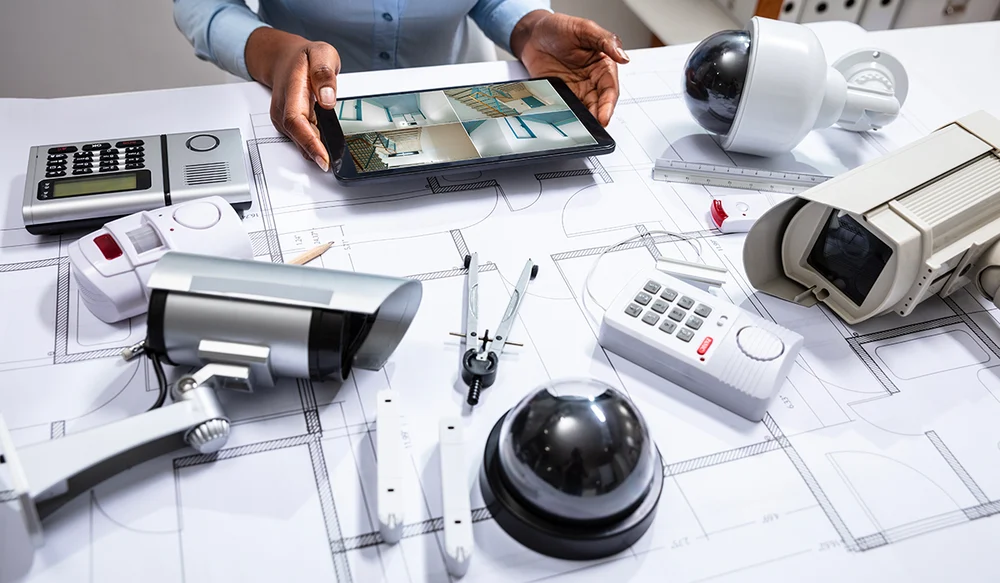Top 5 Signs You Need Aircon Repairs in the Hills District This Summer
Top 5 Signs You Need Aircon Repairs in the Hills District This Summer
As the summer heat intensifies in the Hills District, ensuring your air conditioning unit is functioning optimally becomes increasingly crucial. With temperatures soaring, the last thing you want is for your air conditioning system to fail when you need it the most. Recognising the signs that your aircon requires repairs can save you from discomfort and unexpected expenses. Here are the top five signs that indicate your air conditioning system may need professional attention.
1. Insufficient Cooling
One of the most apparent signs that your air conditioning unit needs attention is insufficient cooling. If you notice that your aircon is blowing warm air or not cooling your space effectively, it may be time to schedule aircon repairs Hills District homeowners rely on. This issue often indicates a problem with the refrigerant levels or a malfunctioning compressor. Regular maintenance, including checking refrigerant levels, is essential for optimal performance and energy efficiency.
In many cases, insufficient cooling can be attributed to dirty filters or blocked ducts. When air filters are clogged, airflow is restricted, leading to decreased cooling efficiency. It is advisable to clean or replace filters every few months to ensure your system operates smoothly. If cleaning the filters does not resolve the issue, it may be time to consult a professional technician.
Moreover, the age of your air conditioning unit can also play a significant role in its cooling efficiency. Older units may struggle to maintain desired temperatures, and in such cases, repairs or even a replacement may be necessary.
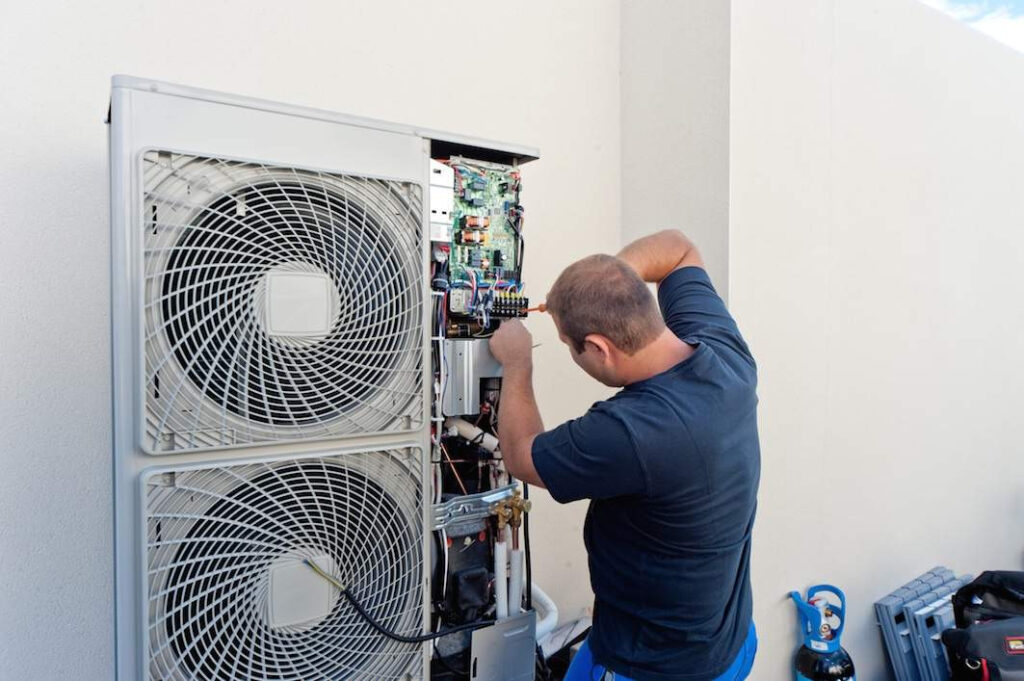
2. Unusual Noises
Air conditioning systems are designed to operate quietly. If you start hearing unusual noises such as grinding, squealing, or rattling, it is a clear indication that something is amiss. These sounds can be caused by various issues, including loose components, worn-out bearings, or debris caught in the fan.
Ignoring these noises can lead to more severe problems down the line. For instance, a grinding noise may indicate that the motor bearings are failing, which could result in a complete breakdown if not addressed promptly. It is advisable to turn off your unit and seek professional help to diagnose and rectify the issue before it escalates.
Additionally, regular maintenance can help prevent these issues from arising. Scheduling routine check-ups with a qualified technician can ensure that your air conditioning system remains in good working condition, reducing the likelihood of unexpected noises and subsequent repairs.
3. Increased Energy Bills
Have you noticed a sudden spike in your energy bills? If your air conditioning unit is not operating efficiently, it may be consuming more energy than necessary to cool your home. This inefficiency can stem from various factors, including dirty filters, refrigerant leaks, or mechanical issues.
Regular maintenance is crucial in preventing these inefficiencies. Cleaning or replacing filters, checking for refrigerant leaks, and ensuring all components are functioning correctly can significantly improve your unit’s energy efficiency. In fact, regular servicing can not only enhance performance but also reduce electricity bills, making it a wise investment.
In addition to maintenance, consider adopting energy-saving habits. Approximately 7.2 million Australian households plan to implement energy-saving measures this summer, with 4.4 million aiming to reduce their air conditioning usage. Simple actions such as setting your thermostat a few degrees higher or using fans to circulate air can help alleviate the strain on your air conditioning unit.
4. Foul Odours
Unpleasant smells emanating from your air conditioning unit can be a cause for concern. If you detect musty, burnt, or chemical odours, it is essential to address the issue immediately. Musty smells may indicate mould or mildew growth within the system, while burnt odours could signify electrical problems or overheating components.
Ignoring these smells can lead to health risks, particularly for individuals with allergies or respiratory issues. Mould spores can circulate through the air, exacerbating existing conditions. It is advisable to turn off your air conditioning unit and consult a professional technician to identify and rectify the source of the odour.
Regular maintenance can also help prevent foul odours from developing. Cleaning the ducts and ensuring proper drainage can minimise the risk of mould growth, while checking electrical components can help avoid burnt smells. Investing in regular servicing can enhance indoor air quality and ensure a safe environment for your family.
5. Frequent Cycling
If your air conditioning unit frequently cycles on and off, it may indicate an underlying issue. This phenomenon, known as short cycling, can lead to increased wear and tear on your system, ultimately shortening its lifespan. Short cycling can be caused by various factors, including incorrect thermostat settings, dirty filters, or refrigerant issues.
To address frequent cycling, start by checking your thermostat settings. Ensure that it is set to the desired temperature and that the sensor is functioning correctly. If the settings are correct, inspect the air filters for dirt and debris, as clogged filters can restrict airflow and cause the unit to overheat.
If the problem persists, it is advisable to consult a professional technician. They can conduct a thorough inspection of your system, identify the root cause of the short cycling, and recommend the necessary repairs. Regular maintenance can also help prevent this issue from arising, ensuring your air conditioning unit operates efficiently throughout the summer months.
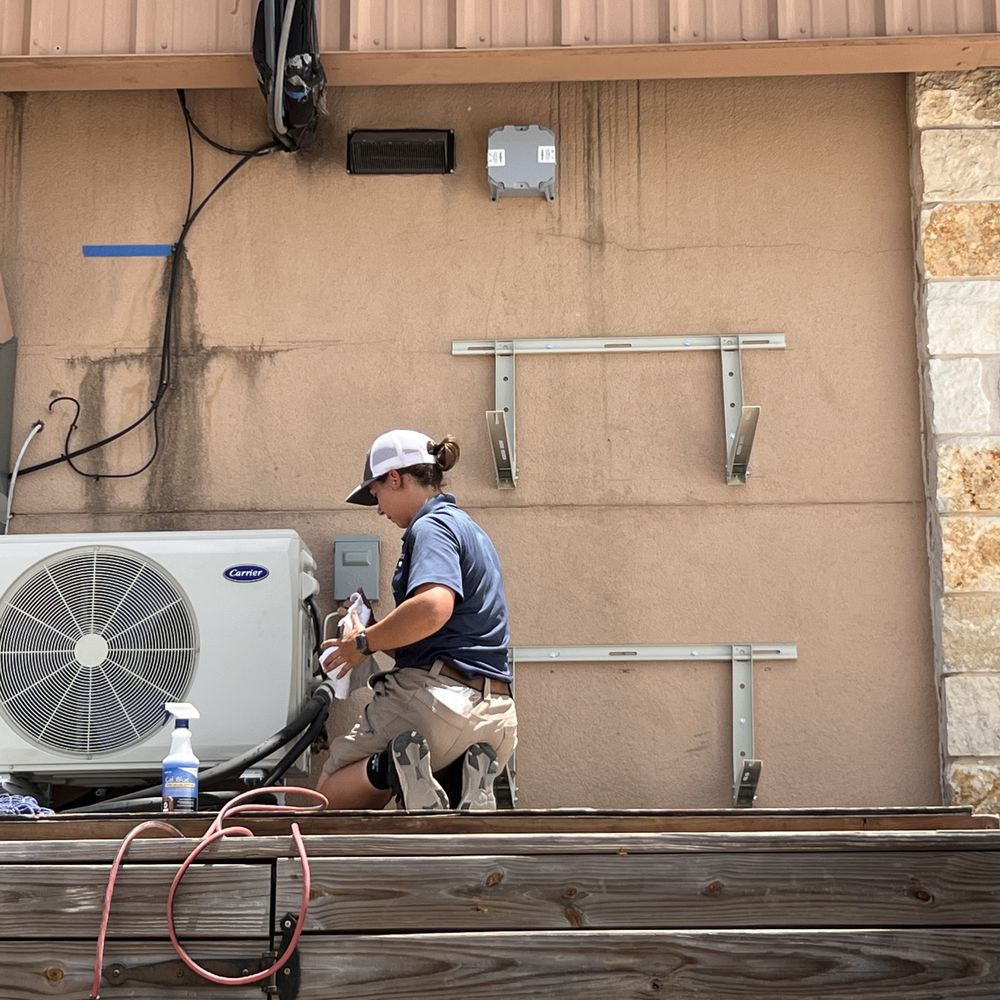
Conclusion
Recognising the signs that your air conditioning unit requires repairs is essential for maintaining a comfortable and energy-efficient home during the hot summer months in the Hills District. By being vigilant for signs such as insufficient cooling, unusual noises, increased energy bills, foul odours, and frequent cycling, you can take proactive steps to address potential issues before they escalate.
Regular maintenance is key to ensuring your air conditioning system operates optimally. Engaging a qualified technician for routine check-ups can enhance performance, improve air quality, and extend the lifespan of your unit. With the projected increase in air conditioning spending this summer, investing in your air conditioning system’s upkeep is more important than ever.
Stay cool and comfortable this summer by keeping an eye out for these signs and ensuring your air conditioning unit is in top condition. If you suspect any issues, don’t hesitate to reach out to a local air conditioning repair service for assistance.
You may also like to read: Bondi Buyers Agency: Helping You Secure Beachside Properties with Ease
FAQs
Signs that your air conditioning unit may need repairs include insufficient cooling, unusual noises, increased energy bills, foul odours, and frequent cycling. Noticing any of these issues early can save time and money.
Insufficient cooling can result from low refrigerant levels, a malfunctioning compressor, dirty filters, blocked ducts, or the age of the unit. Consulting a professional for aircon repairs Hills District homeowners trust is recommended.
Grinding, squealing, or rattling noises often indicate loose components, worn-out bearings, or debris caught in the fan. Ignoring these sounds can lead to more severe damage, so timely repairs are important.
Yes, a sudden spike in electricity bills may indicate your unit is operating inefficiently due to mechanical issues, dirty filters, or refrigerant leaks. Regular servicing can help reduce energy consumption.
Musty smells may suggest mould or mildew growth, while burnt odours can indicate electrical problems or overheating components. Both require immediate attention to ensure safety and air quality.
Short cycling occurs when an air conditioning unit frequently turns on and off, often caused by incorrect thermostat settings, dirty filters, or refrigerant issues. Professional inspection can resolve this problem.
It is recommended to schedule professional maintenance at least once a year, ideally before summer, to prevent unexpected breakdowns and ensure optimal performance.
Yes, regular maintenance such as cleaning filters, checking refrigerant levels, and inspecting components can prevent many common issues and extend the lifespan of your system.
Older units may struggle to cool effectively and could require frequent repairs. A professional can assess whether repair or replacement is the most cost-effective option.
Ask for recommendations, check online reviews, verify licences and qualifications, and choose a company that offers transparent pricing, warranties, and comprehensive services including installation, maintenance, and repairs.

